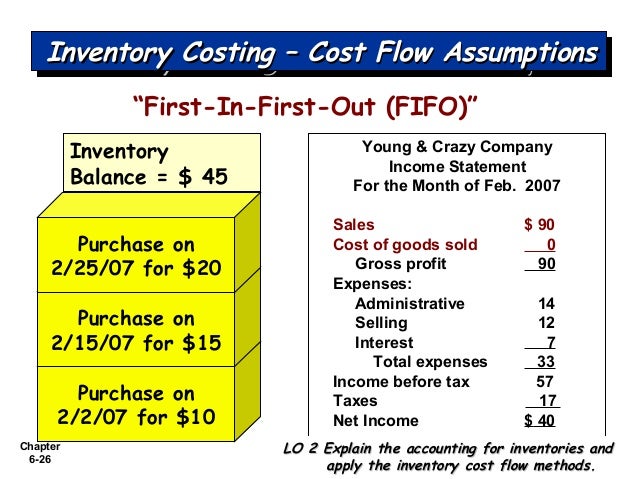
Weygandt, PhD, CPA, is Arthur Andersen Alumni Professor of Accounting at the University of Wisconsin-Madison. B1Ĭ Specimen Financial Statements: The Coca-Colaĭ Specimen Financial Statements:, Inc.Jerry J. A1ī Specimen Financial Statements: PepsiCo, Inc. Throughout this textbook, we attempt to increase your familiarity with financial reporting by providing numerous references, questions, and exercises that encourage you to explore the financial statements of well-known companies.ĥ Accounting for Merchandising Operations 216ġ0 Plant Assets, Natural Resources, and Intangibleġ1 Current Liabilities and Payroll Accounting 522ġ3 Corporations: Organization and Capital Stockġ4 Corporations: Dividends, Retained Earnings, and IncomeĢ4 Budgetary Control and Responsibility Accounting 1122Ģ5 Standard Costs and Balanced Scorecard 1176Ģ6 Incremental Analysis and Capital Budgeting 1226Ī Specimen Financial Statements: Apple Inc.
ACCOUNTING PRINCIPLES 11TH EDITION.PDF HOW TO
In this textbook, you will learn how to read and prepare financial statements, and how to use basic tools to evaluate financial results. Taking this course will go a long way to making you financially literate. Even in companies that do not practice open-book management, employers generally assume that managers in all areas of the company are “financially literate.†Many other companies have adopted this open-book management approach. Armed with this basic financial knowledge, employees are more aware of the financial impact of their actions, which leads to better decisions. The ESOP also resulted in Clif Bar enacting an open-book management program, including the commitment to educate all employee-owners about its fi nances. This plan gives its employees 20% ownership of the company (Gary and his wife Kit own the other 80%). One of the company’s proudest moments was the creation of an employee stock ownership plan (ESOP) in 2010. Just a few examples include the company’s use of organic products to protect soil, water, and biodiversity the “smart†solar array (the largest in North America), which provides nearly all the electrical needs for its 115,000-square foot building and the incentives Clif Bar provides to employees to reduce their personal environmental impact, such as $6,500 toward the purchase of an efficient car or $1,000 per year for eco-friendly improvements toward their homes. Its website documents its efforts and accomplishments in these fi ve areas. Clif Bar is guided by what it calls its Five Aspirations— Sustaining Our Business, Our Brands, Our People, Our Community, and the Planet. Today, the company has almost 300 employees and is considered one of the leading Landor’s Breakaway Brands®.

The original Clif Bar® energy bar was created in 1990 after six months of experimentation by Gary Erickson and his mother in her kitchen. For example, consider Clif Bar & Company. They see the value of their employees being able to read fi nancial statements and understand how their actions affect the company’s financial results. If you don’t know how to read financial statements, you can’t really know your business. If you are in that group, you might be thinking, “If I’m not going to be an accountant, why do I need to know accounting?†Well, consider this quote from Harold Geneen, the former chairman of IT&T: “To be good at your business, you have to know the numbers—cold.†In business, accounting and fi nancial statements are the means for communicating the numbers. Many students who take this course do not plan to be accountants.


 0 kommentar(er)
0 kommentar(er)
